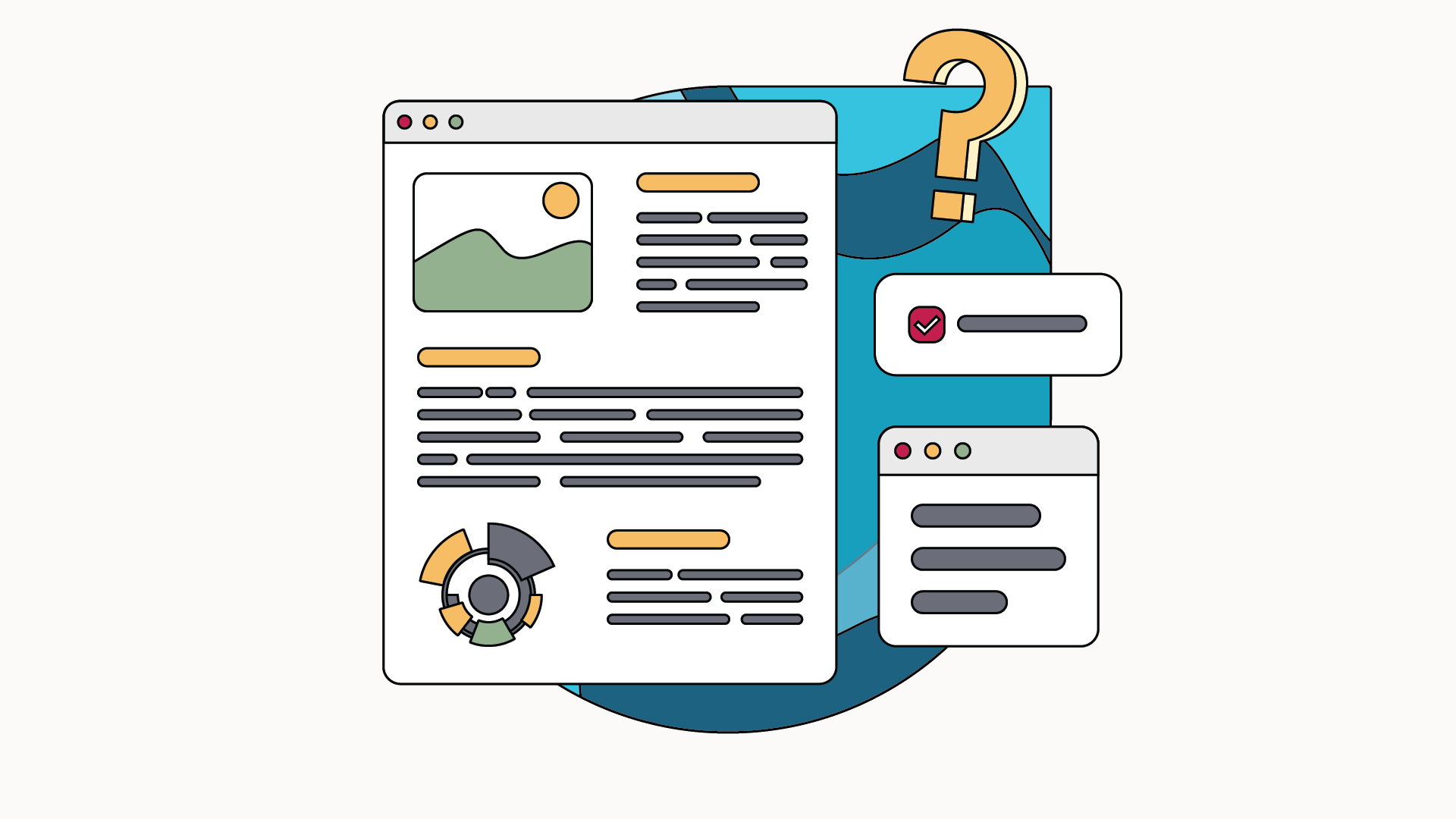Microlearning & Onboarding: In recent years, we have been hearing more and more about microlearning for all areas of corporate training. The popularity of this training model, also called Fast Learning, is increasing day by day in a world that is constantly changing, and in which everything has to be faster.
Microlearning allows trainers to offer their employees and newcomers apprenticeships that are adapted to them and that correspond to their needs. Indeed, unlike macrolearning hosted by LMS, and in which long and too condensed formats do not engage learners, the microlearning best meets the challenges concerning the onboarding process of organizations. The latter must therefore make it possible to integrate the new employee as quickly as possible in order to be able to incorporate his skills into the company.
So, what are the specific advantages and benefits of using microlearning during onboarding?
Microlearning: why use it for onboarding
What is microlearning?
Based on the model ATAWADAC, (anytime, anywhere, any device, any content) microlearning is a form of learning that is becoming more and more widespread in the entrepreneurial world. Indeed, microlearning is an elearning modality, focused on practice, which is distinguished by its modules both ultra-short and rich in content.
Used in a variety of situations, including for Onboarding, which is then called digital onboarding, it is essential that the content of each module answers a question and a specific subject so that the quality of training can be as effective as possible. Thus, for learning to be effective, it must provide a solution and clarification to a unique, clearly identified problem.
In addition, microlearning can come in various forms such as simulations or video tutorials.
TOP 3 microlearning goals for onboarding
- Develop learner engagement and promote skills development as soon as they arrive through concepts Courts and Applicable, which can be implemented right away
- Allow new collaborators to understand the functioning and the corporate culture. To apply your knowledge and talents quickly and in the best possible way
- Addressing and presenting key organizational concepts and values in an interactive manner, by ensuring the retention of information by the learner through engagement.
The 5 benefits of microlearning for onboarding
Today, a lot of organizations are using microlearning practices for their processes. Onboarding. All practices related to the reception and integration of a new employee during onboarding are thus often carried out through microlearning platforms.
Microlearning actually brings several advantages for onboarding, such as:
- One interactive learning learner-centered
Microlearning adapts to the constraints, needs and environment of onboarding employees. This allows them to learn, in a practical way, thanks to varied, interactive and very short modules. These modules are personalized and allow you to evolve better.
- Fast, simple and effective onboarding content
Microlearning allows learners to develop skills effectively, by learning when and where they want, and for only a few minutes.
- The engagement rate of learners during onboarding
Thanks to the flexibility that microlearning offers them, their motivations and commitments are developing. This then allows them to assimilate the information they need to know about their onboarding process in a more natural and effective way.
The engagement rate is then considerably increased.
- Training that improves concept retention
In the case of onboarding, the memorization of key training information is facilitated by the interactive and short formats that microlearning platforms offer. This way, learners can learn when they want, where they want, and only for a few minutes.
- Less time for more economy and talent
When onboarding is carried out through microlearning modules, the company invests in the training of its employees. The integration of talents more quickly achieved, skills will also be developed more quickly and the company will be more competitive.
Moreover, this type of training saves a lot of money and time in training learners. So what could be better?




